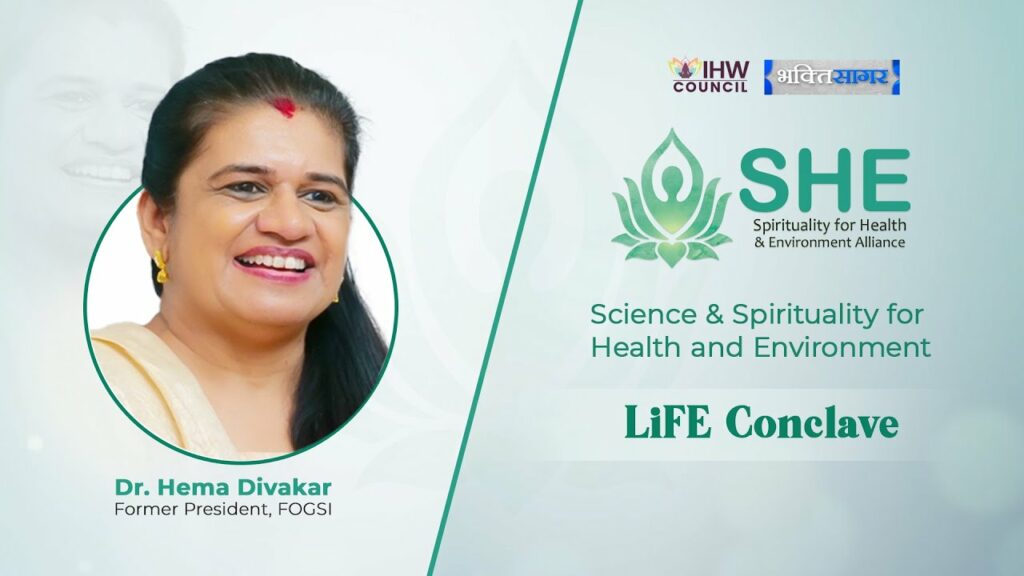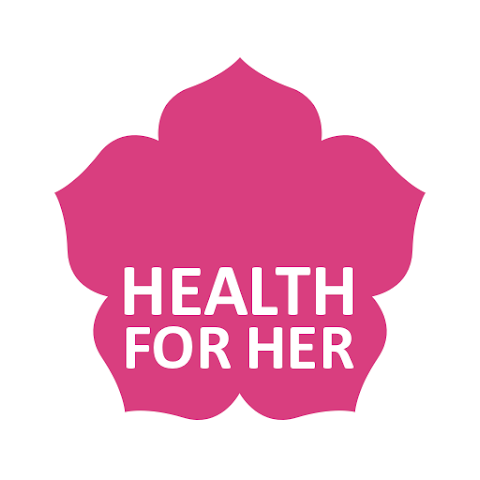[vc_row][vc_column][vc_column_text]The birth of a child has and will always be something that is unpredictable, but birth planning is something that can go a long way in communicating a mother’s expectations and goals regarding the birth of a child. The time of labor is difficult for everyone and the mother may not be in the right frame of mind to communicate with her care providers or the supporting persons with her during delivery time. The concept of Birth Planning necessarily helps to bridge these communication needs.
Across the world around 8 million women have been found to suffer from pregnancy-related complications and over half a million among them sadly die due to lack of timely or preventative actions. Statistics say that about 15% of pregnant woman can develop a life-threatening complication that requires immediate obstetric care. At least to some extent Birth Planning enables women and families to prepare for birth complications and for uncomplicated deliveries thereby ensuring improved maternal survival and also allow the women to take informed decisions about their health. The thing to remember though is that there is never going to be a “one size fits all” approach to Birth Planning and this need not be a complicated plan as well.
The WHO Recommendations on Health Promotion Interventions for Maternal and New-born Health formulated in 2015 lists down in detail as to what a birth and complications preparedness plan should contain. Everything from the desired place of birth; the preferred birth attendant, the location of the closest facility for birth and in case of a complication, funds for any expenses related to birth and in case of complications; supplies and materials necessary to bring to the facility, transport to a facility for birth or in the case of a complication to the identification of compatible blood donors in case of emergency should be ideally covered in the Birth Planning. The National Rural Health Mission in India has also undertaken several initiatives in this regard and their Janani Suraksha Yojana launched in 2005 is a safe motherhood intervention implemented to reduce maternal and neo-natal mortality. All pregnant women living in rural as well as urban areas, whose family status is Below Poverty Line are eligible for the JSY benefits. But not many are aware of this even today.
All women are at risk of complication during child bearing cycle and most complications cannot be predicted, hence the women and her family members should be prepared to face emergencies. Birth plan or preparedness can help prevent life threatening delays to recognizing and responding to complications. In studies conducted surrounding birth planning, it is an unfortunate fact that around 65.8% pregnant women and 73.9% of recently delivered women were not aware of the concept of birth planning. The proportion of women aware of at least one key danger sign each of pregnancy, labor, postpartum, and new-born ranged from 12.1% to 37.2%, and around 58.3% knew at least one key component of essential new-born care. Spreading awareness about the concept of Birth Planning seems to be the need of the hour to ensure that we have future generations of healthy mothers and babies.
For enquiries and online appointments, send a message to www.DivakarsHospital.com/contact
You can seek 2nd opinion with Dr Hema Divakar and other specialist doctors through the Divakar’s Hospital app which can be downloaded from Google Play Store or ios[/vc_column_text][/vc_column][/vc_row]



